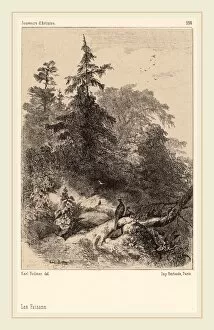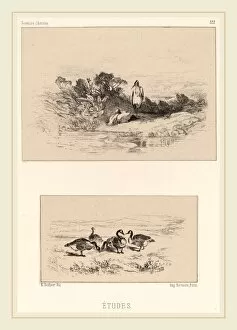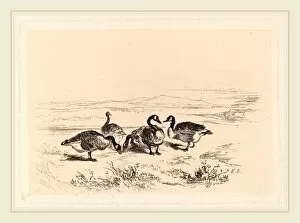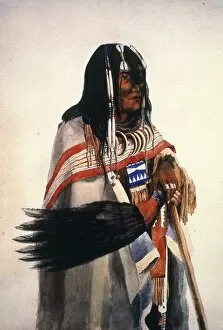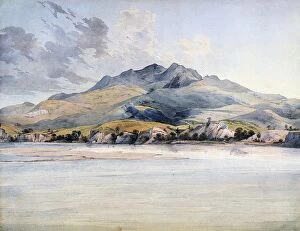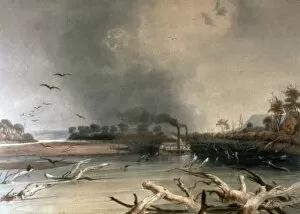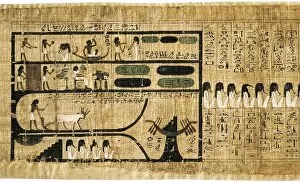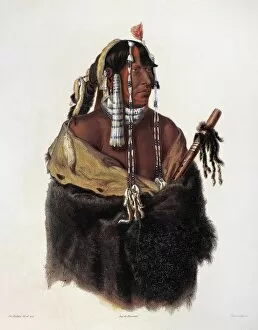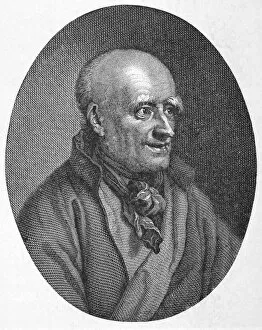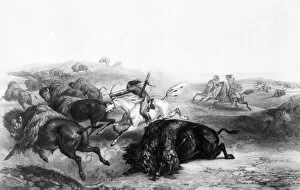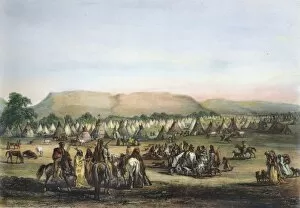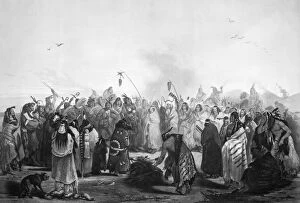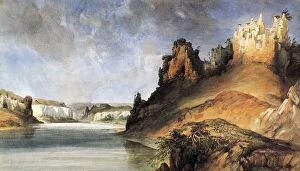Bodmer Collection (page 2)
"Bodmer: Capturing the Spirit of Native American Culture" Karl Bodmer, a renowned Swiss artist and explorer
All Professionally Made to Order for Quick Shipping
"Bodmer: Capturing the Spirit of Native American Culture" Karl Bodmer, a renowned Swiss artist and explorer, ventured into the heartland of America in the early 19th century. His encounters with various Native American tribes left an indelible mark on his artistic journey. Through his vivid depictions, he immortalized the rich heritage and traditions of these indigenous communities. One such encounter was with Pehriska-Ruhpa, also known as Two Ravens, a Hidatsa Native American. Bodmer's portrayal beautifully captures this warrior's strength and resilience, showcasing the pride that emanates from within. In another masterpiece by Bodmer, we witness Mah-to-toh-pa or Four Bears - a Mandan Chief adorned in regal attire. The watercolor painting exudes authority and dignity as it transports us back to a time when tribal leaders commanded respect and admiration. Bodmer's talent extended beyond individual portraits; he also documented significant cultural events like the Bison dance performed by Mandan natives outside their sacred medicine lodge. This aquatint engraving allows us to witness firsthand their spiritual connection with nature and their profound reverence for these majestic creatures. The Sioux Chief Wahk-T├ñ-Ge-Li or Big Soldier is yet another subject that captivated Bodmer's artistic eye. Through intricate details in his aquatint engraving based on an earlier painting, we are transported to an era where bravery on horseback defined warriors' valor. Bodmer not only captured human subjects but also found inspiration in nature itself. In "Deer in a Landscape, " he skillfully portrays the gracefulness of these animals against a backdrop of serene beauty – reminding us of our interconnectedness with all living beings. His work was greatly influenced by Prince Maximilian of Wied's journal entries during their joint expedition across America. These ink and watercolor illustrations provided invaluable insights into native cultures while fueling Bodmer's artistic vision.

